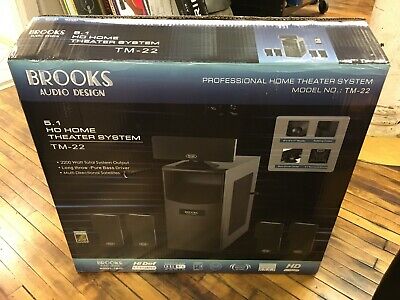Forex trading is an excellent way of making money online, and it has become very popular over the years. However, it can be overwhelming for beginners since it involves many technical terms and calculations. In forex trading, leverage and margin are the two key terms that every trader should understand. Both terms refer to borrowed funds used to trade currencies. In this article, we will explore leverage and margin calculations in forex trading.
Leverage is a crucial aspect of forex trading, and it’s the first thing you need to understand before venturing into the forex market. Simply put, leverage is the amount of money you can borrow from your broker to open a trading position. For example, if your broker offers 1:50 leverage, it means that you can trade with fifty times more funds than the amount you deposited into your trading account. This enables you to make more money from small capital investments. However, it also means that you can suffer significant losses if the market moves against you.
Margin is the collateral amount that you deposit with your broker when you open a trading position. It is a percentage of your trading position’s total value. The amount of margin you need to deposit depends on the leverage ratio your broker offers. For instance, if your broker offers a 1:100 leverage ratio, you’ll need to deposit a 1% margin of the total value of your trading position. If the trade goes in your favor, the margin reduces, and your profit increases. However, if the trade does not go as planned, and your losses exceed the margin deposit, your broker will initiate a margin call, meaning that you need to deposit more money to sustain your position.
Calculating leverage and margin in Forex trading is essential to manage risks and protect your investments. Before you open a trading position, you need to determine the amount of leverage and margin you need to use to meet your trading objectives and limit your losses. For instance, if you intend to trade with $1000, and your broker offers a 1:50 leverage ratio, you can trade with up to $50,000. However, you must deposit a margin amount to open a trading position. Therefore, if the margin requirement is 1%, you’ll need to deposit at least $500 to start trading.
One of the most important things to note is that the higher the leverage, the higher the risk involved. Therefore, it’s essential to apply risk management strategies and set stop-loss orders to limit your losses. A stop-loss order is a type of order that you place with your broker to close your trading position when the market hits a specific price. This helps you to minimize losses and protect your investment.
Conclusion:
In conclusion, leverage and margin are essential concepts in forex trading, and every trader needs to understand them to succeed in the market. Leverage allows traders to make more significant profits from small capital investments, but it also amplifies the risk involved. Margin, on the other hand, is the collateral amount you deposit with your broker to initiate and sustain a trading position. It’s crucial to calculate both leverage and margin before opening a trading position and apply risk management strategies to limit your losses. By understanding leverage and margin calculations and implementing sound trading strategies, you can maximize your gains and minimize your risks in forex trading.


